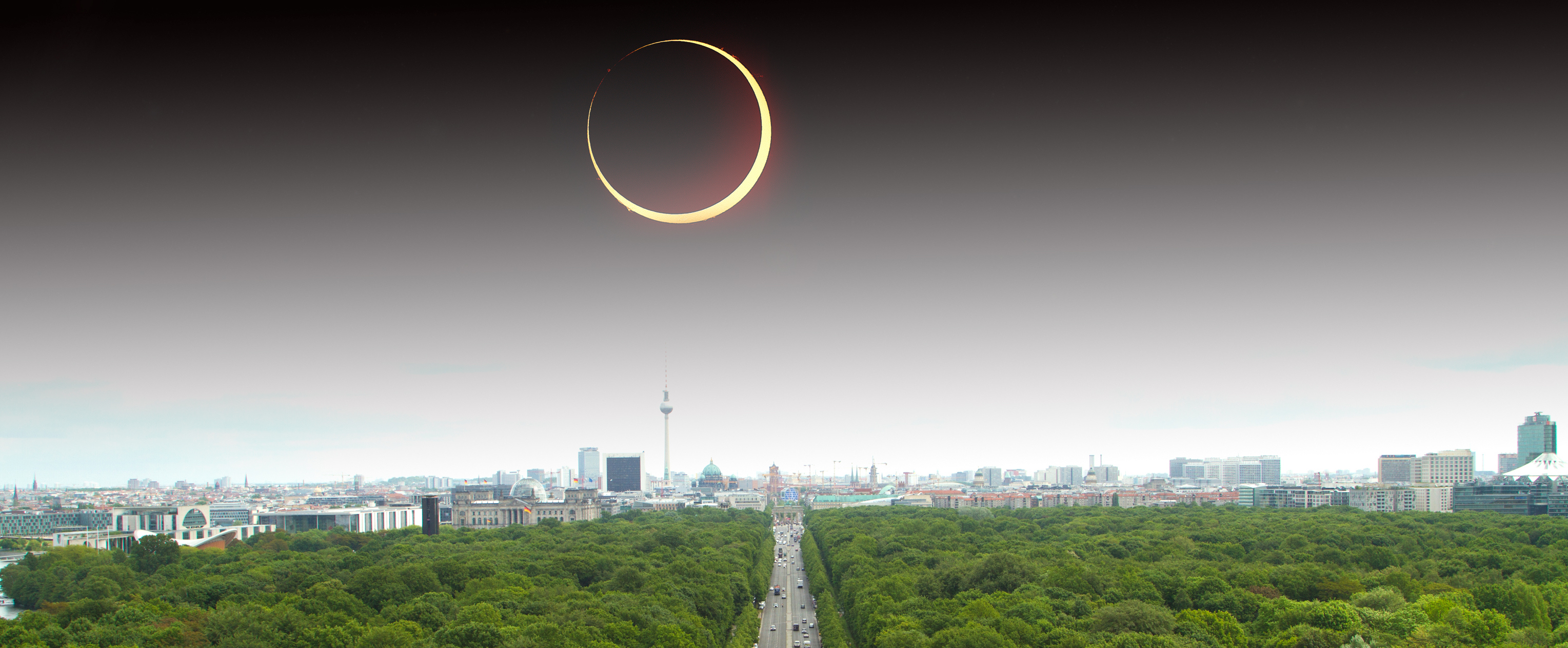![]()
A historic event will be happening in another week, one that will have even those who aren’t keen on scienc-y things staring up at the sky. On Aug. 21, a total solar eclipse will occur- the Great American Eclipse. The last time a total eclipse was witnessed in the United States was 38 years ago. At that time, the eclipse was only visible in Northwestern states, including Washington, Oregon, Idaho and Montana. But during the Great American Eclipse, everyone in the continental United States will be able to see at least a partial eclipse. But there are 12 states where people can view the eclipse in its totality: Oregon, Idaho, Wyoming, Nebraska, Kansas, Missouri, Illinois, Kentucky, Tennessee, North Carolina, Georgia, and South Carolina.
Richard, one of my colleagues, is traveling from his home state of Maryland to Wyoming with his son to see the eclipse in its totality. I asked him why he’d do this and he told me viewing the eclipse was on his bucket list, and he wanted to get the best view possible.
I asked him how he picked Wyoming. Did they have great restaurants? Was there a place he could congregate with other like-minded people? These are important questions to ask, I think, since the eclipse will only fill about two minutes of his time spent on his Wyoming holiday.
This got me thinking. How can communities take advantage of events like the solar eclipse that attract people to their area? Sporting events are a great example – from the NCAA’s Final Four basketball playoffs to the NFL Super Bowl – fans trek to cities they may not visit otherwise. I think about the myriad little towns I’ve visited as a dad of three competitive dancers. There are some great donuts in Bakersfield, California, in case you were wondering.
I discovered those donuts by chance, but think of the possibilities if a city or town directed visitors to the top places to visit. This is called destination branding and it can boost a community’s bottom line and build a sense of identity.
How can communities take advantage of an opportunity like a big sporting event or the eclipse and get the word out about why visitors should go to their city instead of another? Especially if the community is small and doesn’t have a big budget or resources?
I encourage communities to turn to technology to help them solve this problem. There are a number of communities who have found a really simple way to incorporate destination branding as events occur in their community and it all comes down to a map.
My favorite example is the county of San Bernardino. A couple of industrious staffers created a great interactive story map of the county with no GIS experience, not a lot of resources and not a lot of time. This story map provides a visual guide to visitors of things to do while they visit.
You can do this too, whether you find your community hosting a ton of fans waving large foam fingers in their favorite team colors or wearing weird looking glasses to protect their eyes from the sun. All you need is an inventory of the event itself and where to go to see it, fun things to do in your community before and after the event, transportation options (not everyone has Uber!), hotels, restaurants and other commodities.
Pulling these resources together also provides a great opportunity for collaboration. Solicit input from other city departments or the public – really take advantage of the excitement and city pride that bubbles to the surface around a big event. For instance, a crowdsourcing map has been created where people can share their eclipse events, making it very easy to get the word out and catch the attention of eclipse-lovers everywhere.
And this particular event – the Great American Eclipse – it is practically in a category by itself when it comes to energy and excitement. Eclipse fever is sweeping the nation! Another colleague of mine, Mike, has created the site greatamericaneclipse.com upon which he posts not only fascinating information about the eclipse, but he has also collected tons of maps about eclipse timing and events all along the path of totality. You should definitely check it out.
No matter where you are on the 21st, make sure to take a look skyward – properly protected of course. And hopefully, you will be viewing the eclipse in a city that has helped improve your experience by providing easy access to information on the best their community has to offer. After all, it’s not every day you get to meet up with likeminded solar eclipse enthusiasts!
Christopher Thomas is part of the GovLoop Featured Blogger program, where we feature blog posts by government voices from all across the country (and world!). To see more Featured Blogger posts, click here.





Our small rural library system seemed to be the only entity who ordered free solar eclipse glasses. Our outreach director decided to use this as an opportunity to drive library card sign-ups; each person presenting their library card receives a pair of Solar Eclipse Glasses. It has been a phenomenal movement in getting people into the library who mistakenly thought we are only about books. What an opportunity!